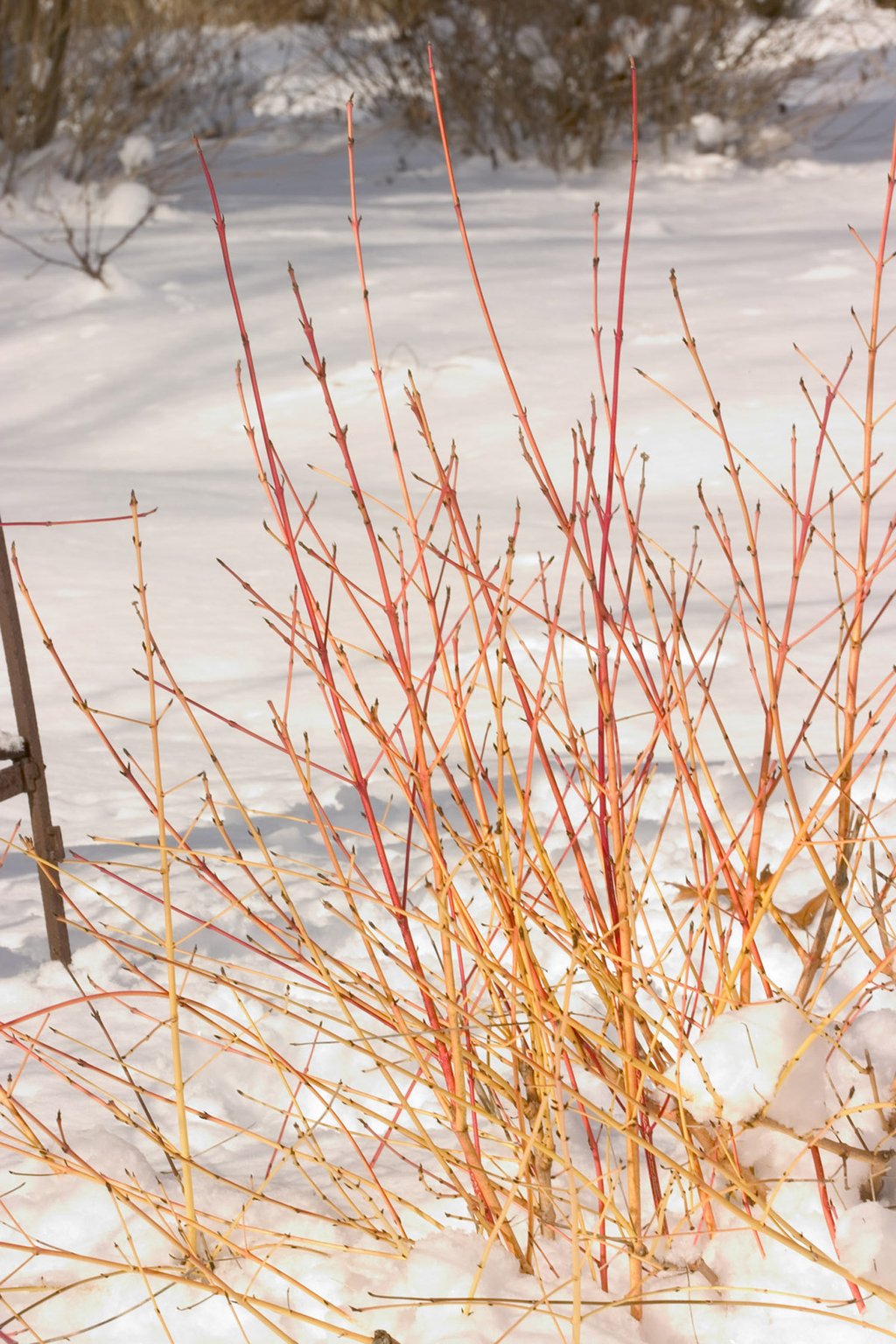How to Protect Frost-Sensitive Plants in Winter: A Comprehensive Guide

As the days grow shorter and the air crisper, winter's approach can send a shiver down any gardener's spine. But fear not, for with the right strategies, you can safeguard your frost-sensitive plants and ensure they thrive come spring. Let's dive into the world of winter garden care for frost-sensitive plants and explore how to protect your green friends from the season's chill.
Understanding Frost Damage
Before we delve into protection strategies, it's crucial to understand frost damage. When water in plant cells freezes, it expands and ruptures the cell walls, leading to discoloration, wilting, and even plant death. Think of it as a microscopic game of musical chairs, where the ice crystals are the players, and your plant's cells are the chairs. Too many players, and the game ends in disaster.
Winterizing Plants: Preparing for the Cold
Know Your Plants' Cold-Hardiness
First things first, you need to understand your plants' cold-hardiness. The USDA Plant Hardiness Zone Map is an excellent resource for this. It's like a roadmap for your garden, guiding you on what plants will thrive and which will struggle in your climate.
Gradually Acclimate Your Plants
Just as you wouldn't jump into an ice-cold bath, your plants need time to adjust to the cold. Gradually acclimate them by reducing water and fertilizer as the weather cools. This slows their growth, making them less susceptible to frost damage.
Plant Shelter: Creating a Safe Haven
Cover Your Plants
One of the simplest ways to protect your plants is to cover them. Use materials like frost cloth, burlap, or even old sheets to create a plant shelter. This acts like a cozy blanket, insulating your plants from the cold.

Use Cloches or Cold Frames
For smaller plants, consider using cloches or cold frames. These are like mini greenhouses, trapping heat and humidity around your plants. It's like giving them their own tiny, warm haven amidst the winter chill.
Mulch for Insulation
Mulching is another effective strategy for winterizing plants. A thick layer of organic mulch, such as straw or wood chips, acts like a warm, insulating blanket over the soil. This helps to regulate soil temperature and prevent frost heave, which can damage plant roots.
Seasonal Care: Timing is Everything
Water Wisely
While it's important to reduce watering as the weather cools, don't let your plants dry out completely. Watering your plants before a frost can help insulate them, as wet soil holds heat better than dry soil. But beware, too much water can lead to rot. It's a balancing act, much like walking a tightrope.
Prune with Caution
Pruning stimulates new growth, which is more susceptible to frost damage. So, it's best to avoid pruning in the late fall or early winter. Instead, wait until late winter or early spring, when the risk of frost has passed.

Monitor Temperature and Weather
Keep a close eye on the weather forecast. When a frost is predicted, make sure your plants are well-watered and covered. It's like being a meteorologist for your garden, anticipating the weather's moves and acting accordingly.
Additional Resources
For more information on winter garden care for frost-sensitive plants, check out these authoritative resources:
- USDA Plant Hardiness Zone Map
- Royal Horticultural Society's Guide to Frost Protection
- University of Minnesota Extension's Guide to Protecting Plants from Cold
Conclusion: Embrace the Winter Wonderland
Winter doesn't have to be the enemy of your garden. With the right strategies for winterizing plants, you can protect your frost-sensitive beauties and enjoy a lush, thriving garden come spring. So, embrace the winter wonderland, and happy gardening!
FAQs
Q: What are some signs of frost damage? A: Signs of frost damage include wilting, discoloration (blackening or browning of leaves), and slowed growth.
Q: Should I water my plants after a frost? A: Yes, but wait until the temperatures rise above freezing. Watering while it's still frozen can cause more harm than good.
Q: Can I use plastic to cover my plants? A: While plastic can provide some protection, it's not breathable and can trap too much humidity, leading to rot. Fabrics like frost cloth or burlap are better choices.
Q: Should I bring my potted plants inside for the winter? A: If possible, yes. Potted plants are more susceptible to frost damage because their roots aren't insulated by the ground. If you can't bring them inside, try to move them to a sheltered location.
Q: How do I know if my plant is cold-hardy? A: The USDA Plant Hardiness Zone Map is a great resource for determining a plant's cold-hardiness. It provides a guide to the average annual minimum winter temperature for different zones.
0 Response to "How to Protect Frost-Sensitive Plants in Winter: A Comprehensive Guide"
Post a Comment